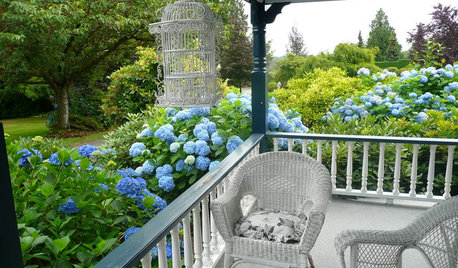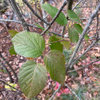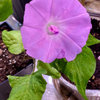Is Ipomea grandiflora the blue morning glory?
true_blue
11 years ago
Related Stories

GARDENING GUIDESSummer Gardens Sing With Blues
When hot weather hits, bursts of blue keep the garden palette cool and calm
Full StorySponsored
More Discussions
Hi,
A couple of weeks ago, I was at my trusted nursery (Montreal, Canada) shopping for a blue flowered morning glory.
The lady sold me something under the name of Ipomea grandiflora, which barely resembles a morning glory vine.
She went on great lengths telling me that this plant was much better than the ones propagated by seed. She said, cuttings make for a stronger, healthier plant, with "giant" blue flowers.
Well I haven't seen a single flower yet :(
The leaves are coarse, thick and dark green & they are not heart shaped.
The stems are hairy.
It has none of the daintiness and grace of the morning glory vines.
I searched the web and found contradictory information about the name.
I wonder if anyone has grown this vine and can give me some information about it.
Thanks,




kayjones
true_blueOriginal Author
Related Professionals
Piqua Landscape Architects & Landscape Designers · Suffern Landscape Architects & Landscape Designers · Commack Landscape Contractors · Downey Landscape Contractors · Fort Myers Landscape Contractors · Huntley Landscape Contractors · Point Pleasant Landscape Contractors · Round Lake Landscape Contractors · Santa Maria Landscape Contractors · Waltham Landscape Contractors · Washington Landscape Contractors · Yukon Landscape Contractors · Norridge Landscape Contractors · Vadnais Heights Landscape Contractors · Clearfield Landscape Contractorsmusarojo
true_blueOriginal Author
musarojo
true_blueOriginal Author
ron_convolvulaceae
ron_convolvulaceae
true_blueOriginal Author
msbatt
true_blueOriginal Author
true_blueOriginal Author
true_blueOriginal Author
musarojo
true_blueOriginal Author
betelgeuse3
ron_convolvulaceae
Gerris2 (Joseph Delaware Zone 7a)